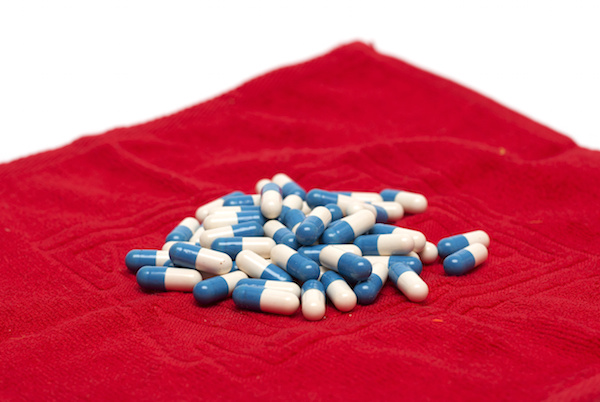TUESDAY, July 24 (HealthDay News) — Black teenagers in the United States have become much less sexually active over the past two decades, and those who do have sex appear to be more likely to use condoms, a new survey has found.
The declines are “dramatic,” said report author Laura Kann, who studies adolescent health for the U.S. Centers for Disease Control and Prevention.
The numbers don’t disclose anything about why black teens might have changed their behavior. “This tells us what kids do, but not why,” Kann said.
Overall, teens of all racial and ethnic groups are about as sexually active as they were a decade ago. And the rate of condom use by teens — just six in 10 used them the last time they had sex — hasn’t changed much since the 1990s.
By contrast, the numbers for black teens are strikingly different. The percentage who reported ever having sex fell from 82 percent in 1991 to 60 percent in 2011. Kann said the numbers coincide with drops in teen pregnancy and births.
Increased education about HIV/AIDS among blacks, leadership in the black community and a public health focus on black Americans could explain the change, Kann said.
The new CDC teen-sex survey also reveals that:
- The percentages of students who’ve had sex have remained fairly stable over the last 20 years for Hispanic students (49 percent in 2011) and whites (44 percent in 2011).
- Overall, 47 percent of all teens surveyed said they’d ever had sex, down from 54 percent in 1991. The rate has barely changed since 2001.
- About one-third of students said they’d had sex within the past three months, and 15 percent said they’d had sex with four or more partners.
- The percentage of sexually active teens who use condoms grew from 46 percent in 1991 to 60 percent in 2011, although the number hasn’t changed much in recent years. Black teens are more likely to use condoms: their rate is 65 percent.
The recent stabilization of condom use could have something to do with less focus on HIV, which has largely become a treatable disease, Kann said. Also, “the percentage of high school students overall who have had HIV education has dropped since 1997. That hasn’t helped any either.”
The new survey results come from the CDC’s National Youth Risk Behavior Survey of students in grades 9 through 12 from both public and private schools. About 15,000 students take the surveys each year.
Jennifer Manlove, area director of Fertility and Family Structure with the Child Trends advocacy group in Washington, D.C., said the survey shows that much of the evolution toward less sexual activity occurred in the 1990s, even among black teens.
“There’s been a little bit more since 2000, but not really that much. The big news in the 1990s was the real focus on the AIDS epidemic and a lot of attention given to that,” she said.
Dr. David Katz, director of Yale University’s Prevention Research Center, said the study “is a mix of good news and persistent causes for concern.”
Nearly half of teens in this country are still sexually active, “and a third or more (of those) did not use condoms most recently,” he said. “This means that a very large population of our young people remains vulnerable to all of the perils of unprotected sex, HIV included. So this report is not a cause for celebration. It tells of a job that can be done when we address it well, and of a mission far from accomplished that deserves our more devoted attention.”
He added: “No child should get HIV because our society is squeamish about the readily available means of preventing that.”
The survey findings were scheduled to be released Tuesday at the International AIDS Conference in Washington, D.C., and published in the CDC’s Morbidity and Mortality Weekly Report.
More information
For more about teen sexual health, visit the U.S. National Library of Medicine.

